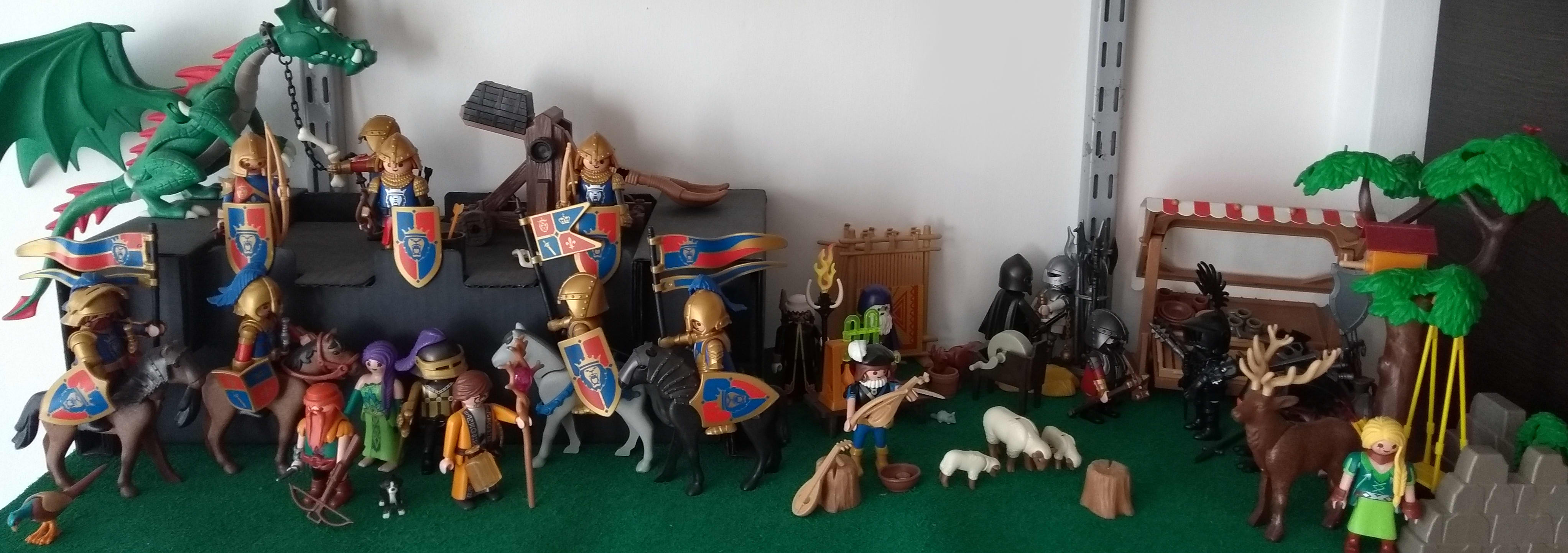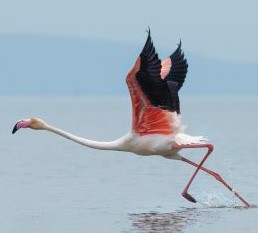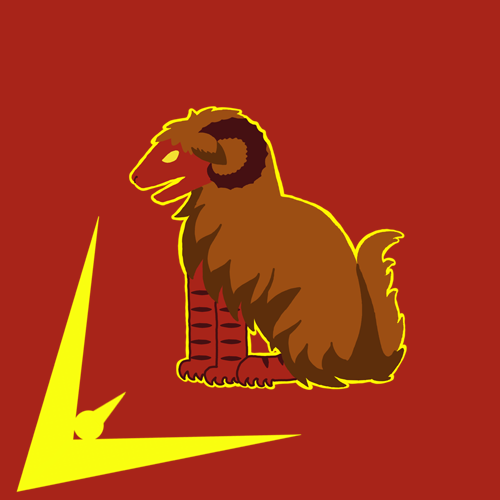Gliding Ray
Living in the limits between plant and animal life, the gliding ray is the biggest danger that toys face when travelling to Ciudad Comercial Grande.
Gliding rays take the shape of a long, flat and yellow leaf-like creature, with pincers at the sides of their mouth.
They are normally entirely flat except for their head and their spine and guts running through the middle of their body. They have no visible eyes, and it is unclear which mechanism they use to identify and track their prey.
More terrifyingly, gliding rays are capable of navigating through the air, and will dive into toys at high speed to tackle them and pierce them between their pincers.
They are green during this stage, sometimes showing thin reddish-purple streaks on the sides.
As they mature, their bodies grow progressively yellow, and their jaws become pale brown.
Once an individual has yellowed almost entirely, they will detach from the body of the plant and start their independent lives.
As they age, gliding eels become paler and eventually brown until they die. Gliding rays do not seem to reproduce on their own, instead growing directly from their host plant. However, is it possible that gliding rays could return to their spawning point in their adulthood to plant their eggs in the trunk of the same trees they were born from.
During the hunt, it is common for the gliding ray to flail ferociously with their tails, as to make their prey lose footing and fall, or even to drag them away from their group and into a safe spot.
They will remain attached to their stunned prey as rows of tiny sharp teeth in their mouth carves them.
They are normally entirely flat except for their head and their spine and guts running through the middle of their body. They have no visible eyes, and it is unclear which mechanism they use to identify and track their prey.
More terrifyingly, gliding rays are capable of navigating through the air, and will dive into toys at high speed to tackle them and pierce them between their pincers.
Life cycle
Gliding rays start their life as clusters attached by the mouth to the top of the trunk of tall plants, with the older ones slowly pushed to the bottom by the younger babies that grow at the top.They are green during this stage, sometimes showing thin reddish-purple streaks on the sides.
As they mature, their bodies grow progressively yellow, and their jaws become pale brown.
Once an individual has yellowed almost entirely, they will detach from the body of the plant and start their independent lives.
As they age, gliding eels become paler and eventually brown until they die. Gliding rays do not seem to reproduce on their own, instead growing directly from their host plant. However, is it possible that gliding rays could return to their spawning point in their adulthood to plant their eggs in the trunk of the same trees they were born from.
Behaviour
Gliding rays are dangerous predators that scour the air in search of prey when they notice activity. They spend most of their time on the ground, usually close to their spawner tree, but can sometimes be found under the shade of big shrubs or even in the ocean. Once a gliding ray has struck a target, they will pierce the prey's body with their pincers, and produce an electric shock from their mouths.During the hunt, it is common for the gliding ray to flail ferociously with their tails, as to make their prey lose footing and fall, or even to drag them away from their group and into a safe spot.
They will remain attached to their stunned prey as rows of tiny sharp teeth in their mouth carves them.








:O Terrifying!
Explore Etrea